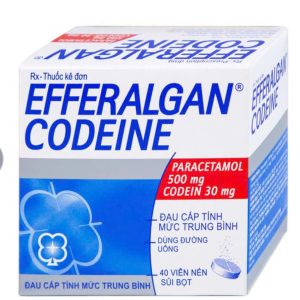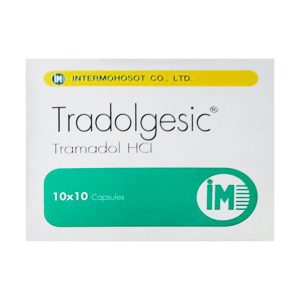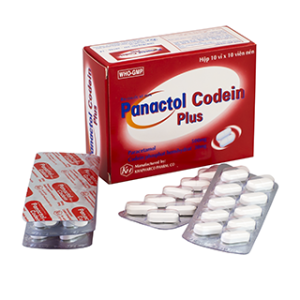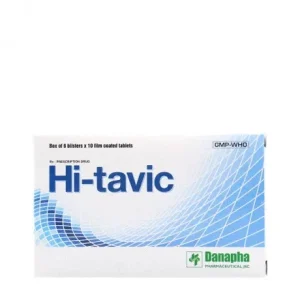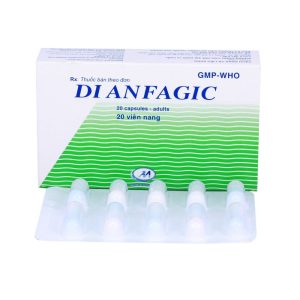We deliver to you every day from 7:00 to 23:00
The best discounts this week
Every week you can find the best discounts here.
Painkiller Addiction: Understanding the Risks and Seeking Help
Painkillers are essential in managing pain and improving quality of life for many people. However, when these medications are misused, they can lead to addiction and create serious health problems. Understanding the risks of painkiller addiction is crucial in order to prevent misuse and find appropriate treatment options.

What is Painkiller Addiction?
Painkiller addiction refers to the dependency on pain-relieving drugs, often stemming from the misuse of prescription medications such as opioids (e.g., morphine, oxycodone, hydrocodone) or over-the-counter pain relievers. Addiction occurs when the body and brain become reliant on these substances to function, leading to tolerance and withdrawal symptoms when the medication is not available.
Addiction can happen unintentionally, especially when painkillers are used for prolonged periods to manage chronic pain or after an injury. Even when taken as prescribed, there is always the risk of physical dependency and abuse.
Why Are Painkillers Addictive?
Painkillers, particularly opioids, work by altering the brain’s chemistry to block pain and produce a sense of euphoria. Over time, the body may become accustomed to the presence of these drugs, leading to the need for increasing doses to achieve the same effect.
Key reasons why painkillers can become addictive:
-
Euphoria: Opioids and some prescription painkillers trigger the release of dopamine, creating a pleasurable feeling that can lead to psychological dependence.
-
Tolerance: As the body adapts to painkillers, higher doses may be needed to achieve the same level of pain relief, which increases the risk of addiction.
-
Withdrawal: When the drug is reduced or stopped, withdrawal symptoms can occur, including muscle pain, anxiety, insomnia, and nausea.
These factors make it easy for individuals to misuse painkillers, even if the original intent was to alleviate pain.

Signs of Painkiller Addiction
Recognizing the signs of painkiller addiction early on is essential for preventing further harm. Some common signs include:
-
Taking higher doses than prescribed or using someone else’s medication.
-
Cravings: A constant desire for the drug, even when pain is no longer present.
-
Changes in behavior: Isolation, secrecy, or a sudden disinterest in activities once enjoyed.
-
Withdrawal symptoms: Experiencing physical discomfort when the drug is not available, such as sweating, tremors, or irritability.
-
Inability to stop: Continued use of painkillers despite knowing the risks or experiencing negative consequences.
If you notice these signs in yourself or someone you love, it’s crucial to seek help right away. Early intervention can significantly improve recovery outcomes.
The Impact of Painkiller Addiction
Painkiller addiction can have far-reaching effects on an individual’s physical health, mental well-being, and relationships. Overuse of painkillers can lead to serious medical conditions, including liver damage, respiratory issues, and overdose. Furthermore, the psychological toll of addiction can lead to depression, anxiety, and an overall decline in quality of life.
Some of the most concerning risks of painkiller addiction include:
-
Overdose: Taking large amounts of painkillers, especially opioids, can result in respiratory depression, which can be fatal if not treated immediately.
-
Mental health issues: Prolonged use of painkillers can worsen mood disorders such as depression and anxiety, creating a vicious cycle of addiction.
-
Social and professional consequences: Addiction can lead to strained relationships, loss of employment, and a breakdown of personal connections.
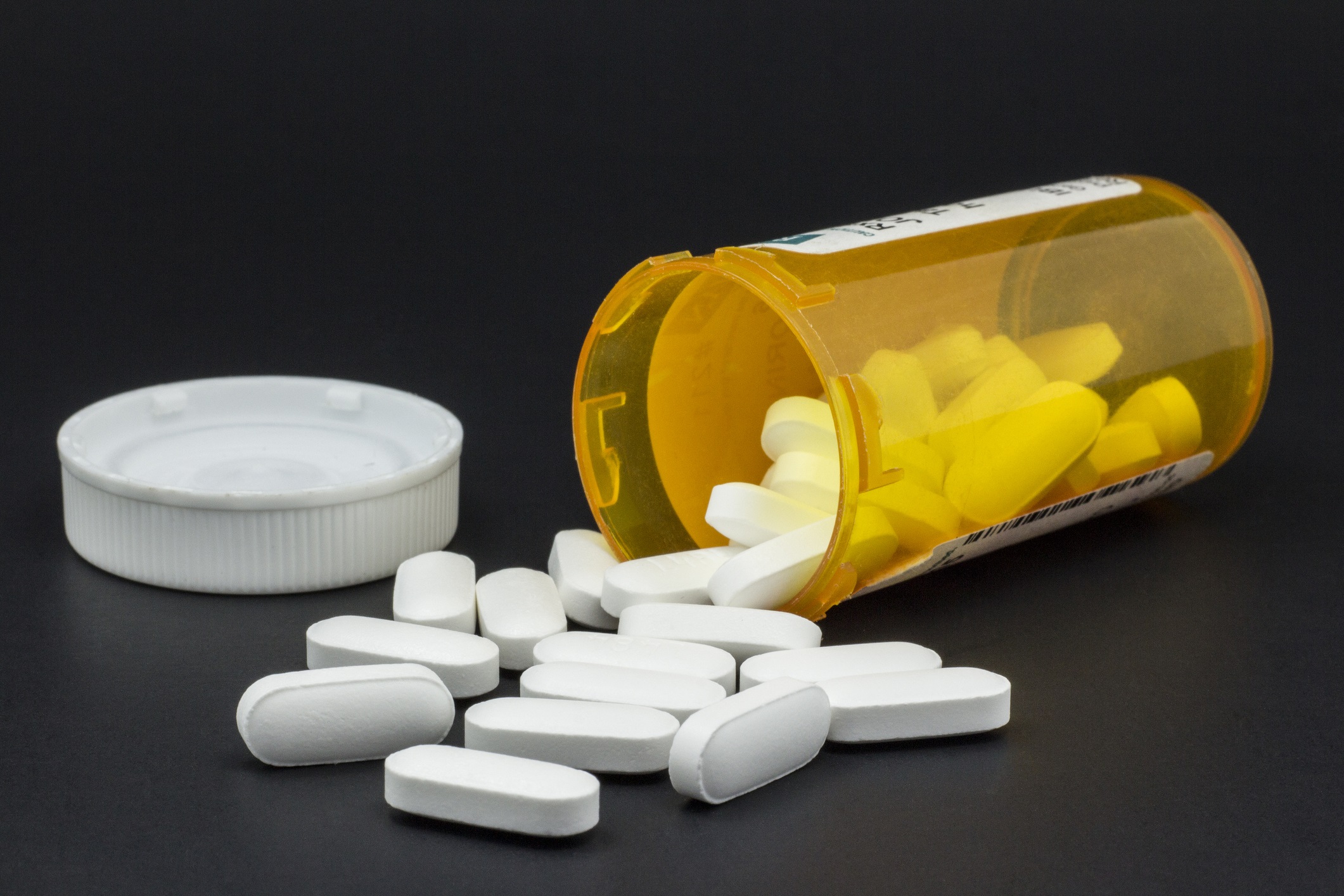
How to Prevent Painkiller Addiction
Preventing painkiller addiction is not always easy, but there are steps you can take to reduce your risk. These include:
-
Follow medical advice: Always take painkillers exactly as prescribed by your doctor. Do not adjust the dose or stop taking the medication without consulting a healthcare provider.
-
Limit use: If possible, try to use painkillers only for short-term pain relief, such as after surgery or injury. Explore alternative treatments for chronic pain.
-
Avoid sharing medications: Never share your prescription medications with others, and do not take someone else’s painkillers.
-
Explore non-medication options: Consider non-drug treatments such as physical therapy, acupuncture, and mindfulness techniques for pain management.
Treatment Options for Painkiller Addiction
If you or someone you know is struggling with painkiller addiction, there are several treatment options available. A combination of medical and therapeutic interventions is typically required for recovery.
1. Detoxification
The first step in treatment is detoxification, where the body clears itself of the drug under medical supervision. Detox may involve medications to manage withdrawal symptoms and ensure the individual’s safety.
2. Inpatient or Outpatient Rehabilitation
Rehabilitation programs offer a structured environment where individuals can receive therapy and counseling. Depending on the severity of the addiction, treatment can be done on an inpatient or outpatient basis.
-
Inpatient rehab: Provides intensive care and support in a controlled environment.
-
Outpatient rehab: Allows individuals to receive treatment while continuing with their daily lives, though more flexibility is needed.
3. Therapy and Counseling
Therapy plays a key role in addressing the psychological aspects of addiction. Common therapies used include:
-
Cognitive-behavioral therapy (CBT): Helps individuals identify and change negative thought patterns and behaviors.
-
Group therapy: Provides support and motivation through shared experiences.
-
Family therapy: Helps loved ones understand addiction and learn how to support recovery.
4. Medications
Some individuals may benefit from medications that help reduce cravings and withdrawal symptoms. Commonly used medications include:
-
Methadone and buprenorphine: Used for opioid addiction to manage withdrawal and cravings.
-
Naltrexone: Blocks the effects of opioids, helping prevent relapse.
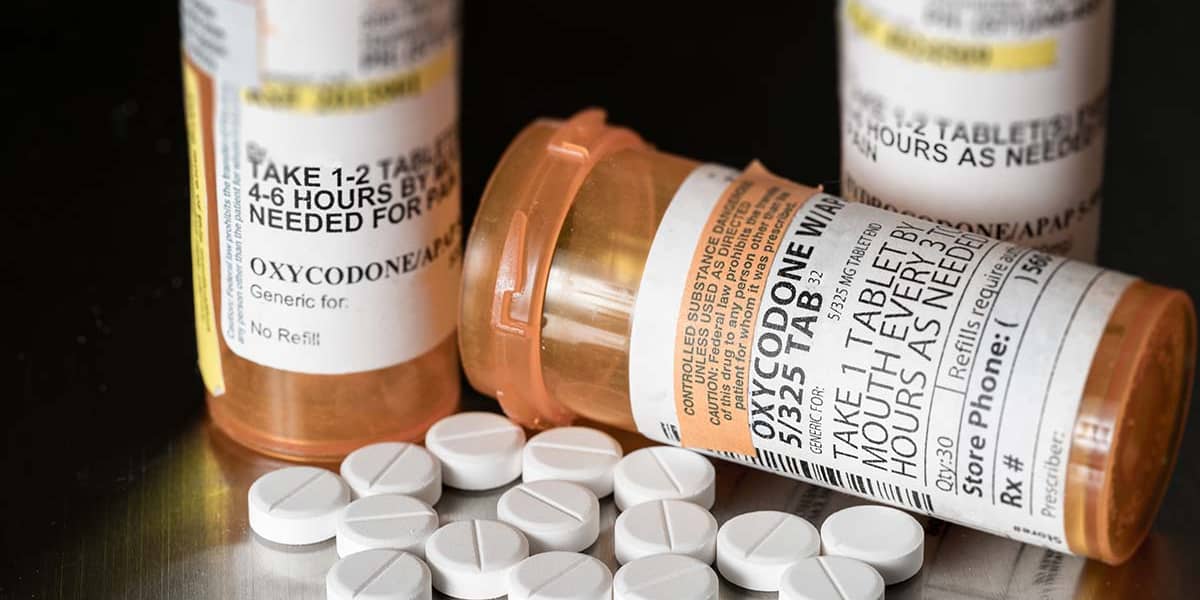
The Road to Recovery
Recovery from painkiller addiction is possible, but it requires time, commitment, and support. Many individuals struggle with relapse during their recovery, but with the right treatment plan and a strong support system, recovery is achievable.
Key aspects of recovery:
-
Patience: Recovery is a gradual process. It’s important to set realistic expectations and celebrate small milestones along the way.
-
Support: Surround yourself with supportive people who understand your struggle and encourage your recovery journey.
-
Self-care: Focus on maintaining a healthy lifestyle with proper nutrition, exercise, and stress management techniques.
FAQs About Painkiller Addiction
1. Can painkiller addiction be treated?
Yes, painkiller addiction is treatable with a combination of medical detox, therapy, and ongoing support. Treatment is personalized based on the individual’s needs.
2. How long does it take to recover from painkiller addiction?
The recovery timeline varies, but it generally takes several months to years, depending on the severity of the addiction and the individual’s commitment to treatment.
3. What are the symptoms of painkiller withdrawal?
Withdrawal symptoms can include sweating, nausea, insomnia, irritability, and muscle pain.
4. Can I prevent painkiller addiction if I follow my doctor’s instructions?
Following your doctor’s instructions is crucial to preventing addiction. If you have concerns about dependency, discuss alternative treatments with your healthcare provider.
Conclusion
Painkiller addiction is a serious issue that affects many individuals who start using painkillers to manage discomfort. Recognizing the signs of addiction and seeking timely treatment can help you or your loved ones break free from the cycle of dependency. With the right support, recovery is possible, and a healthier future can be within reach. Always consult with your healthcare provider if you have concerns about painkiller use or addiction.

